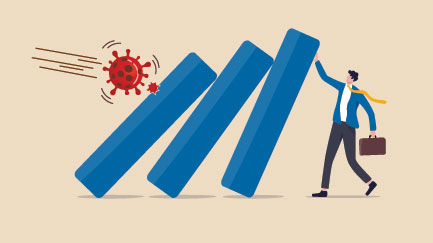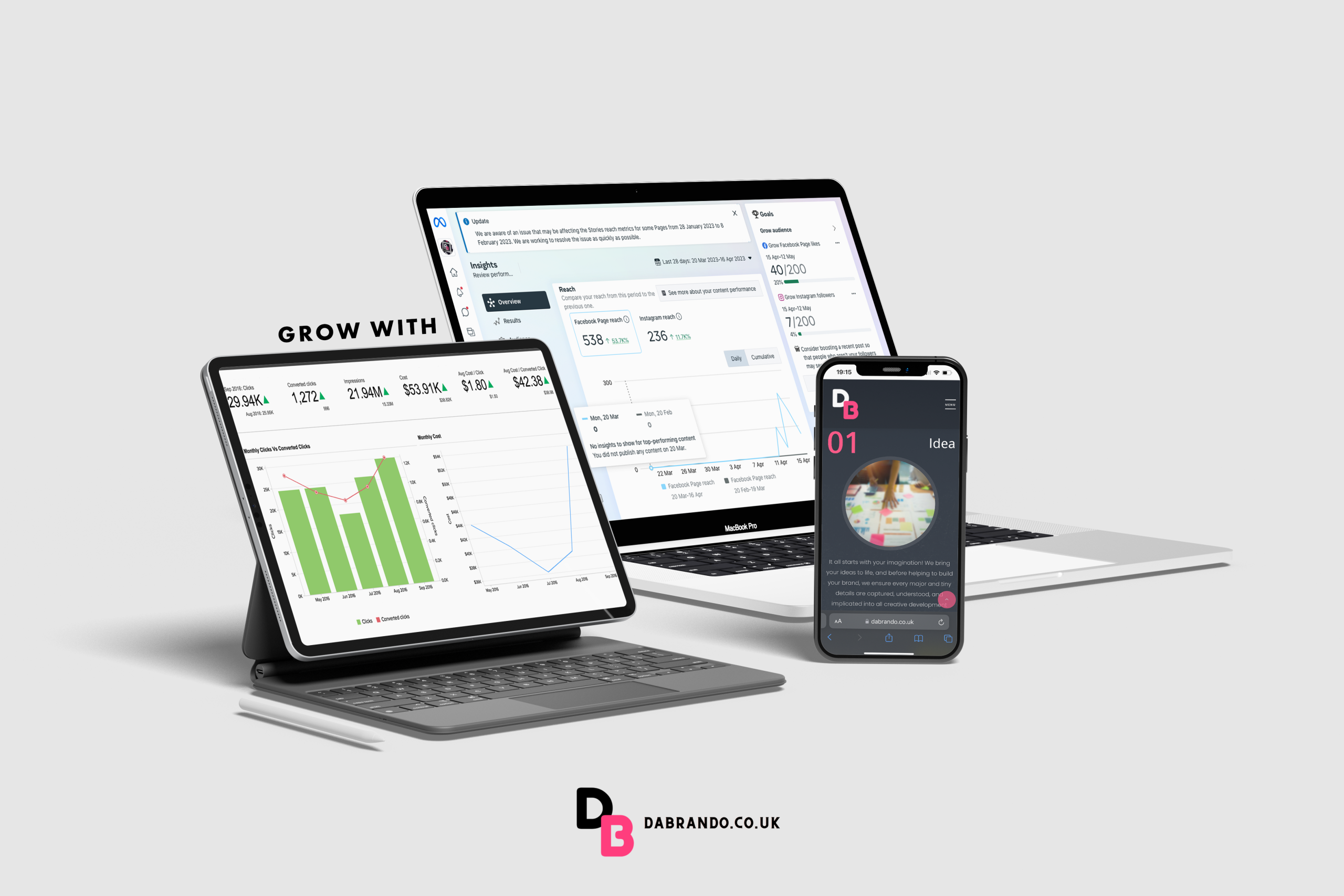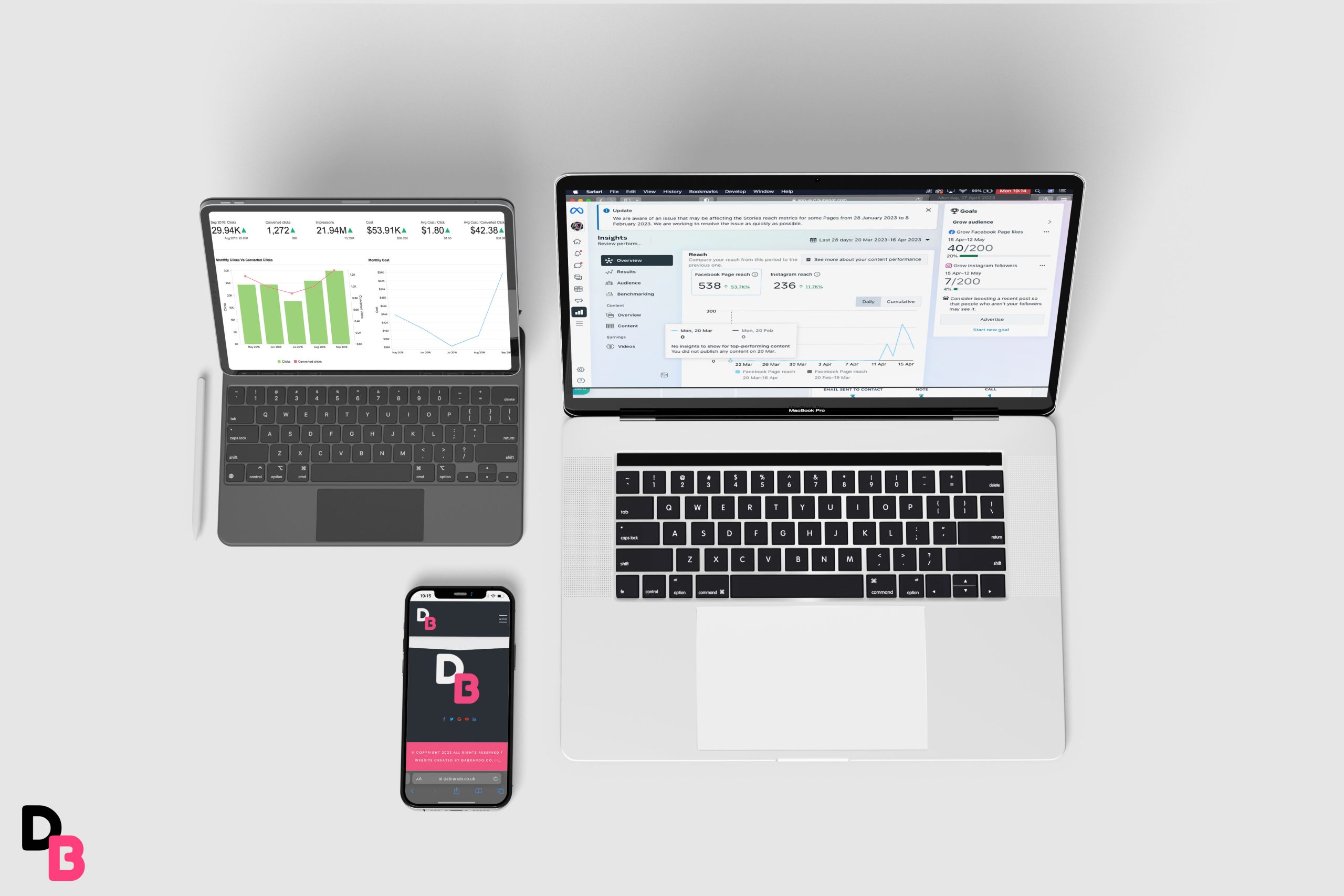The Post-COVID Business Landscape: Struggles, Shifts, and the Road Ahead
The COVID-19 pandemic was one of the most significant global disruptions in recent history, affecting every industry, business, economy, and corner of the world. While the health implications were immediate and devastating, the long-term economic impact on businesses has proven equally profound.
More than four years on, companies continue to grapple with the aftershocks of the pandemic. Some industries were decimated. Others saw unexpected growth. Some businesses closed their doors forever, while others pivoted and emerged stronger than ever. But nearly all companies, regardless of size or sector, have faced a new and evolving set of challenges.

In this article, we’ll explore how businesses have suffered and struggled since the onset of COVID-19, what has changed in the global economic landscape, and what we can expect in the years ahead.
How Businesses Have Suffered Since COVID-19
1. Permanent Business Closures
According to a report by the OECD, millions of businesses shut down worldwide during the height of the pandemic. In the U.S. alone, Yelp data from 2020 showed that over 160,000 businesses had closed by that summer—60% of which were permanent closures. Small to mid-sized businesses were particularly vulnerable due to limited financial reserves and lower access to credit.
Retail, hospitality, food and beverage, travel, and entertainment were among the hardest-hit industries. With lockdowns, curfews, and social distancing in place, demand plummeted overnight, and many businesses couldn’t survive the sudden loss of income.
2. Disrupted Supply Chains
Global supply chains were significantly impacted by the pandemic. Factories in China, Vietnam, India, and other manufacturing hubs shut down, while global shipping was slowed or halted altogether due to health restrictions and labor shortages.
This ripple effect caused inventory shortages, delivery delays, and price surges across multiple industries—from automotive and electronics to furniture and consumer goods. Even today, companies are working to rebuild supply chains that were once optimized for efficiency but are now being restructured for resilience.
3. Labor Shortages and the Great Resignation
Another lasting consequence has been the labor market shift. The pandemic triggered what many called “The Great Resignation,” where millions of workers left their jobs in search of better pay, flexibility, or entirely new careers. For many, the time spent at home during lockdowns led to a re-evaluation of personal and professional priorities.
This phenomenon created major challenges for businesses, especially in healthcare, hospitality, logistics, and retail—industries that rely heavily on in-person labor. Employers have struggled to fill vacancies and retain talent, often needing to increase wages, offer remote or hybrid options, and improve working conditions.
4. Mental Health and Burnout in the Workplace
COVID-19 also magnified the mental health crisis, with stress, anxiety, and burnout rising sharply. Business owners, employees, and executives alike reported increased psychological strain, which translated into reduced productivity, increased absenteeism, and difficulty sustaining business operations.
In response, companies have started investing more in mental health resources, counseling services, and work-life balance initiatives, but many still lack the infrastructure to support employee well-being effectively.
How Businesses Have Struggled to Adapt
1. Digital Transformation Under Pressure
The pandemic forced a rapid digital transformation. Businesses that had previously resisted e-commerce, remote work, or cloud computing found themselves needing to pivot almost overnight.
For some, like traditional brick-and-mortar retailers, the shift was painful. Those who couldn’t implement online ordering or delivery systems fast enough lost market share to more digitally-savvy competitors. For others, like software and SaaS companies, the shift was a growth opportunity.
Even now, businesses are playing catch-up—investing in digital infrastructure, cybersecurity, and automation to remain competitive in an increasingly tech-driven world.
2. Changing Consumer Behavior
COVID-19 permanently altered how consumers behave. Online shopping skyrocketed, subscriptions surged, and demand for contactless services became the norm. Additionally, customers became more value-conscious, health-aware, and purpose-driven, favoring companies that demonstrated transparency, safety, and social responsibility.
This has forced businesses to rethink their branding, customer engagement, and value propositions. Many have had to overhaul their marketing, customer experience, and even product offerings to stay aligned with shifting expectations.
3. Inflation and Rising Costs
Post-pandemic economic recovery has been accompanied by rampant inflation. Supply chain disruptions, increased shipping costs, and geopolitical instability (including the Ukraine conflict) have contributed to soaring prices for raw materials, fuel, labor, and goods.
Businesses have had to make tough decisions—whether to absorb these costs, raise prices, or reduce services. Unfortunately, many consumers are feeling the pinch as well, creating a complex balancing act for businesses aiming to maintain profitability without alienating customers.
4. Debt, Loans, and Financial Fragility
To survive the pandemic, many businesses took on significant debt, often through government-backed support loans. Now, with interest rates rising globally to combat inflation, the cost of servicing this debt is becoming a burden.
As economic uncertainty continues, especially with fears of recession in certain regions, businesses with fragile cash flows are at heightened risk. Financial agility is no longer just an advantage—it’s a necessity.
What’s Next for Businesses in a Post-Pandemic World?
Despite these challenges, the pandemic has also spurred innovation, resilience, and long-overdue change. As we move forward, businesses have an opportunity to reinvent themselves and adapt for a more sustainable, agile future.
1. Hybrid Work Is Here to Stay
Remote work, once considered a temporary measure, has become a permanent fixture in many industries. Companies are now adopting hybrid work models that blend in-office and remote setups.
This shift offers access to a broader talent pool and potential cost savings, but it also requires new management styles, clearer communication protocols, and investments in remote collaboration tools. Flexibility and employee empowerment will be key to retention and productivity.
2. Increased Focus on Sustainability
Environmental, Social, and Governance (ESG) issues are now central to business strategy. The pandemic highlighted how vulnerable global systems can be—and underscored the importance of sustainability, both ecologically and economically.
Consumers and investors alike are demanding greater accountability from businesses. Companies that can demonstrate ethical practices, reduce their environmental footprint, and support their communities are more likely to win long-term loyalty.
3. Resilient Supply Chains
Supply chain redesign is now a top priority. Businesses are moving away from over-reliance on single suppliers or regions, and instead creating diversified, localized, or “near-shored” alternatives.
This trend may increase costs in the short term but offers greater protection against global disruptions. Investment in technology, such as AI, blockchain, and predictive analytics, is also helping companies improve supply chain visibility and responsiveness.
4. Automation and AI Adoption
From chatbots in customer service to robotics in manufacturing, the pandemic accelerated automation across industries. In the post-pandemic world, expect more businesses to adopt AI and machine learning tools to streamline operations, reduce dependency on human labor, and improve decision-making.
While this may displace some jobs, it also opens new roles in tech, data analysis, and digital infrastructure—necessitating retraining and upskilling efforts.
5. Renewed Emphasis on Business Continuity Planning
If COVID-19 taught businesses anything, it’s the importance of being prepared for the unexpected. Companies that lacked contingency plans struggled the most.
Going forward, business continuity planning, risk assessment, and scenario modeling will be built into core strategic planning. Organizations will invest more in disaster recovery, cybersecurity, and agile organizational structures.
Final Thoughts: Opportunity in Adversity
The pandemic was a defining event for this generation of business leaders. While it brought unprecedented challenges, it also served as a catalyst for transformation. The businesses that will thrive in the post-COVID world are those that embrace adaptability, prioritize people and planet alongside profit, and commit to continuous innovation.
There’s no returning to the “old normal.” The new business landscape is digital, flexible, values-driven, and unpredictable. But with the right mindset and strategy, companies can not only survive the aftermath—they can build a better future.
📧 Need help with marketing business? We only charge based on the results we bring clients, no retainers, no hidden fees!
Contact us today at grow@dabrando.co.uk or explore our services to learn more, or Book A Free Discover Call to get started today!





